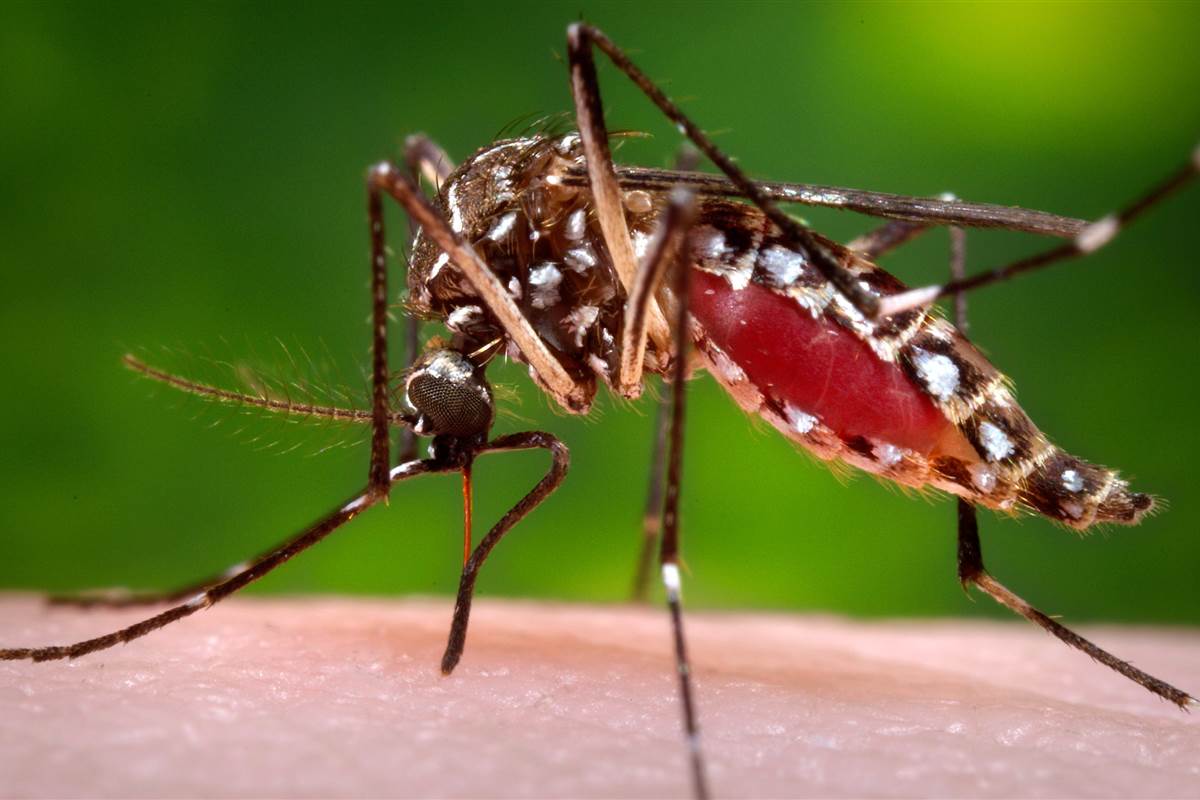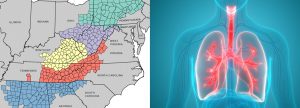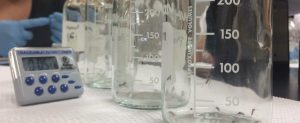van Dodewaard CAM*, Richards SL, Harris JW* (2016). Effects of Blood Coagulate Removal Method on Aedes albopictus (Diptera: Culicidae) Life Table Characteristics and Vector Competence for Dengue Virus. Journal of Medical Entomology 53(1):39-47.
Abstract
Commercially available blood can be used as an alternative to live animals to maintain mosquito colonies and deliver infectious bloodmeals during research studies. We analyzed the extent to which two methods for blood coagulate removal (defibrination or addition of sodium citrate) affected life table characteristics (i.e., fecundity, fertility, hatch rate, and adult survival) and vector competence (infection, dissemination, and transmission) of Aedes albopictus (Skuse) for dengue virus (DENV). Two types of bovine blood were tested at two extrinsic incubation temperatures (27 or 30°C) for DENV-infected and uninfected mosquitoes. Fully engorged mosquitoes were transferred to individual cages containing an oviposition cup and a substrate. Eggs (fecundity) and hatched larvae (fertility) were counted. At 14 and 21 d post feeding on a DENV-infected bloodmeal, 15 mosquitoes were sampled from each group, and vector competence was analyzed (bodies [infection], legs [dissemination], and saliva [transmission]). Differences in life table characteristics and vector competence were analyzed for mosquitoes fed blood processed using different methods for removal of coagulates. The method for removal of coagulates significantly impacted fecundity, fertility, and hatch time in the uninfected group, but not DENV-infected group. Infected mosquitoes showed significantly higher fecundity and faster hatch time than uninfected mosquitoes. We show no significant differences in infection or dissemination rates between groups; however, horizontal transmission rate was significantly higher in mosquitoes fed DENV-infected citrated compared with defibrinated blood. We expect the findings of this study to inform research using artificial blood delivery methods to assess vector competence.
*Caitlin van Dodewaard and Jonathan Harris are graduates of our MS Environmental Health program.




